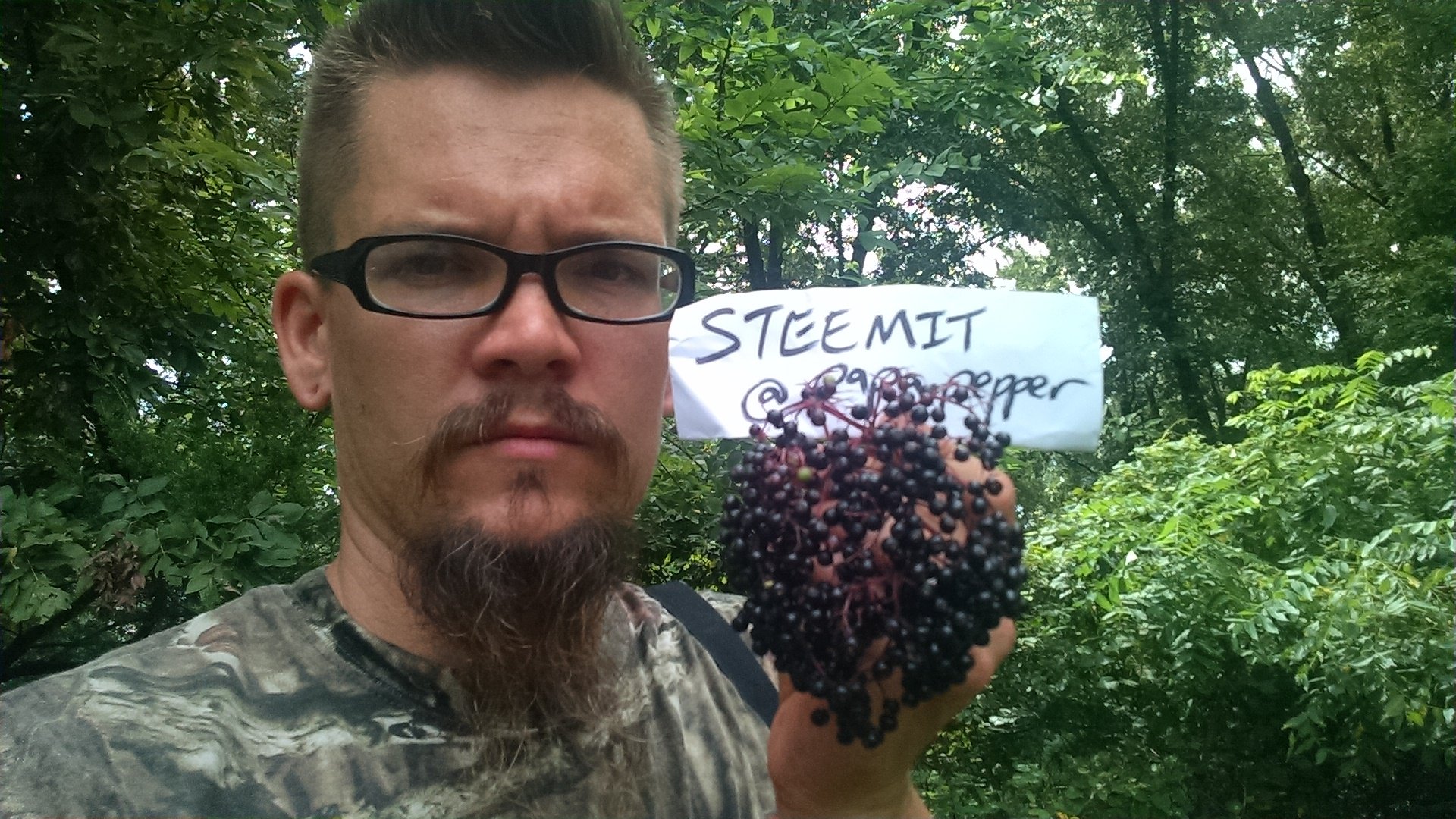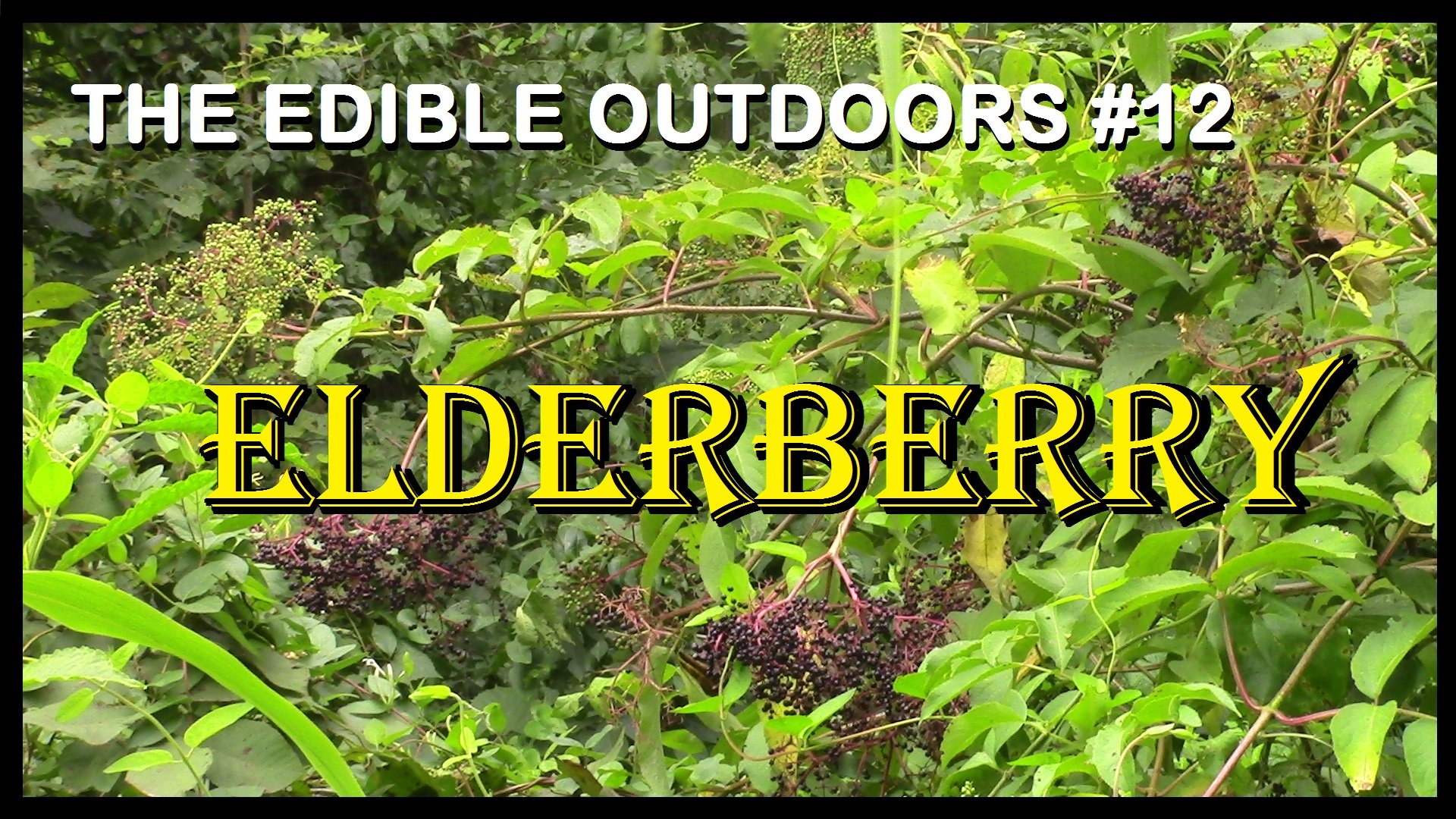
Elderberries are one of those foods that seem to have been much more popular years ago. These days, it's not really a household name, though perhaps it should be. I've enjoyed finally being able to taste it, and wish I hadn't missed out for so many years.
IDENTIFICATION
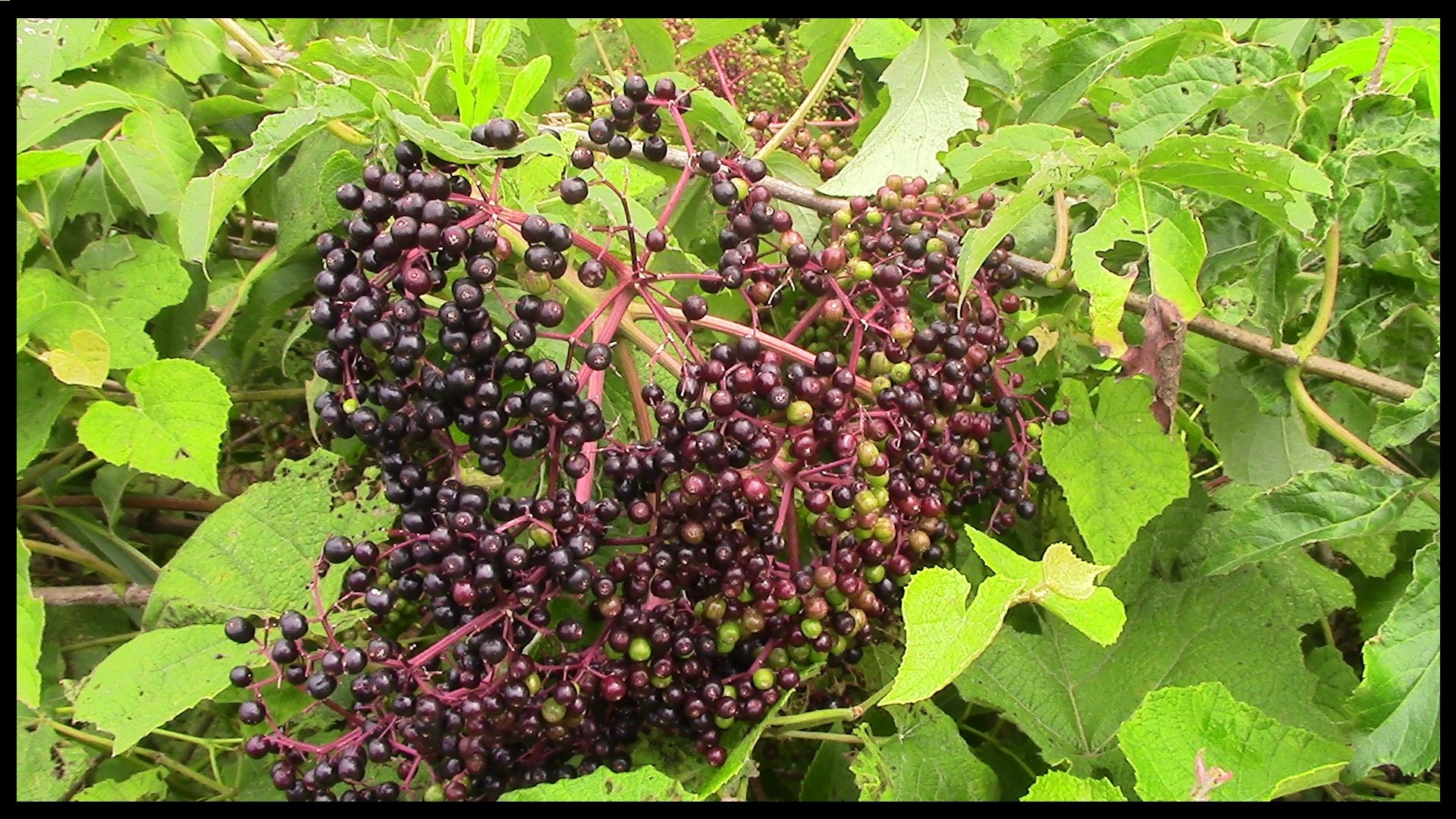
Once you know what you're looking for, Elderberries aren't too hard to identify. I wish I has taken some pictures earlier this year when they were in bloom, because everywhere you now see a berry is where a little white flower used to be. As I drove around earlier this year, I noted everywhere that I saw a big bush covered in white clusters. This seems to be the easiest way to tell from a distance where the Elderberries are growing.
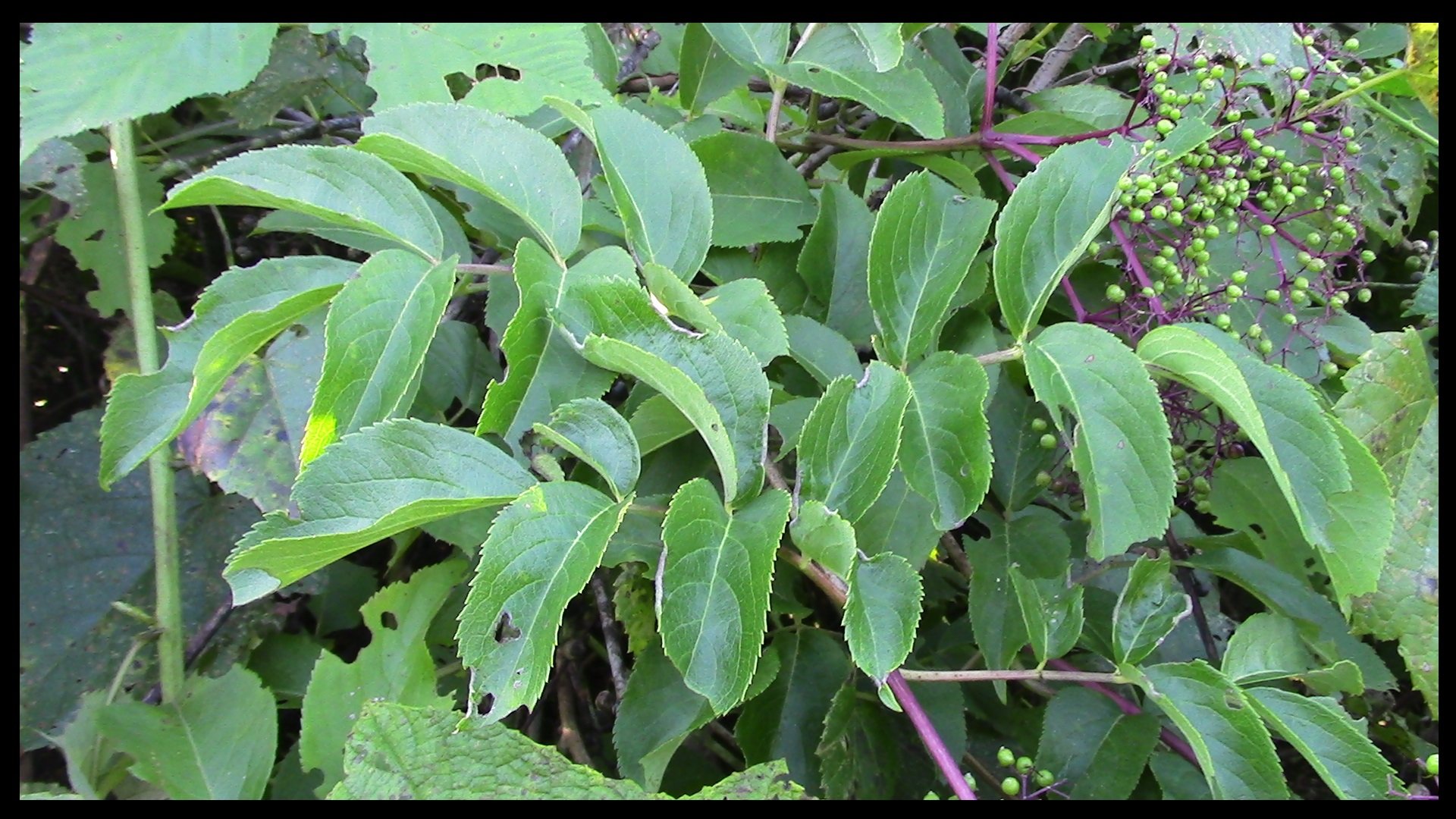
The Elderberry bush grows thick and branches out in every direction. It's a member of the honeysuckle family. It has opposite compound leaves that can vary in number, but seven seems to be pretty common. Some claim that it can look similar to Water Hemlock or Poison Hemlock, which can be deadly, so be careful. It is also worth noting that although Elderberry flowers and berries are edible and delicious, the rest of the Elderberry plant is poisonous.
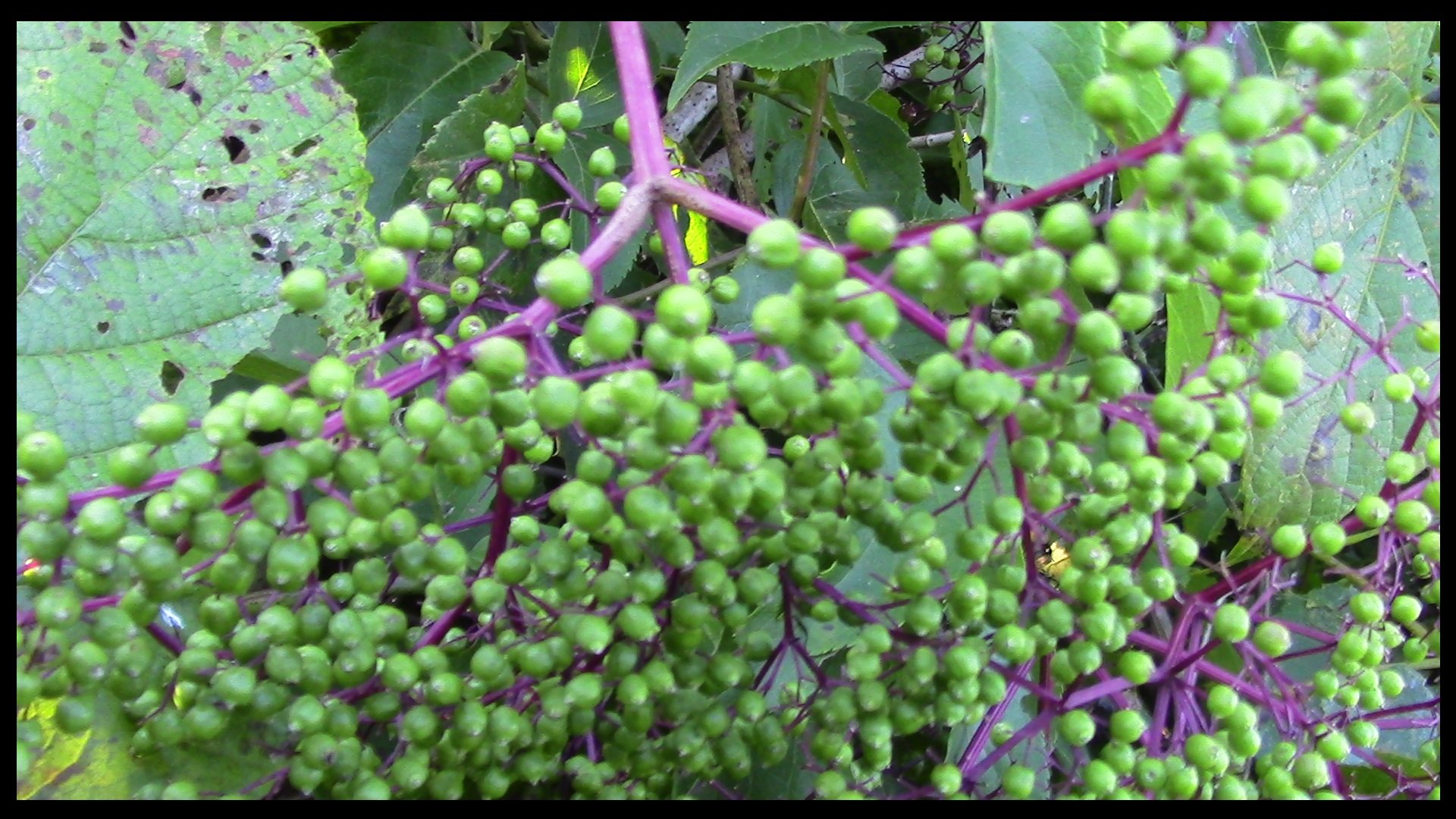
The flowers and berries are pretty distinct, even when the berries are still green.
USES
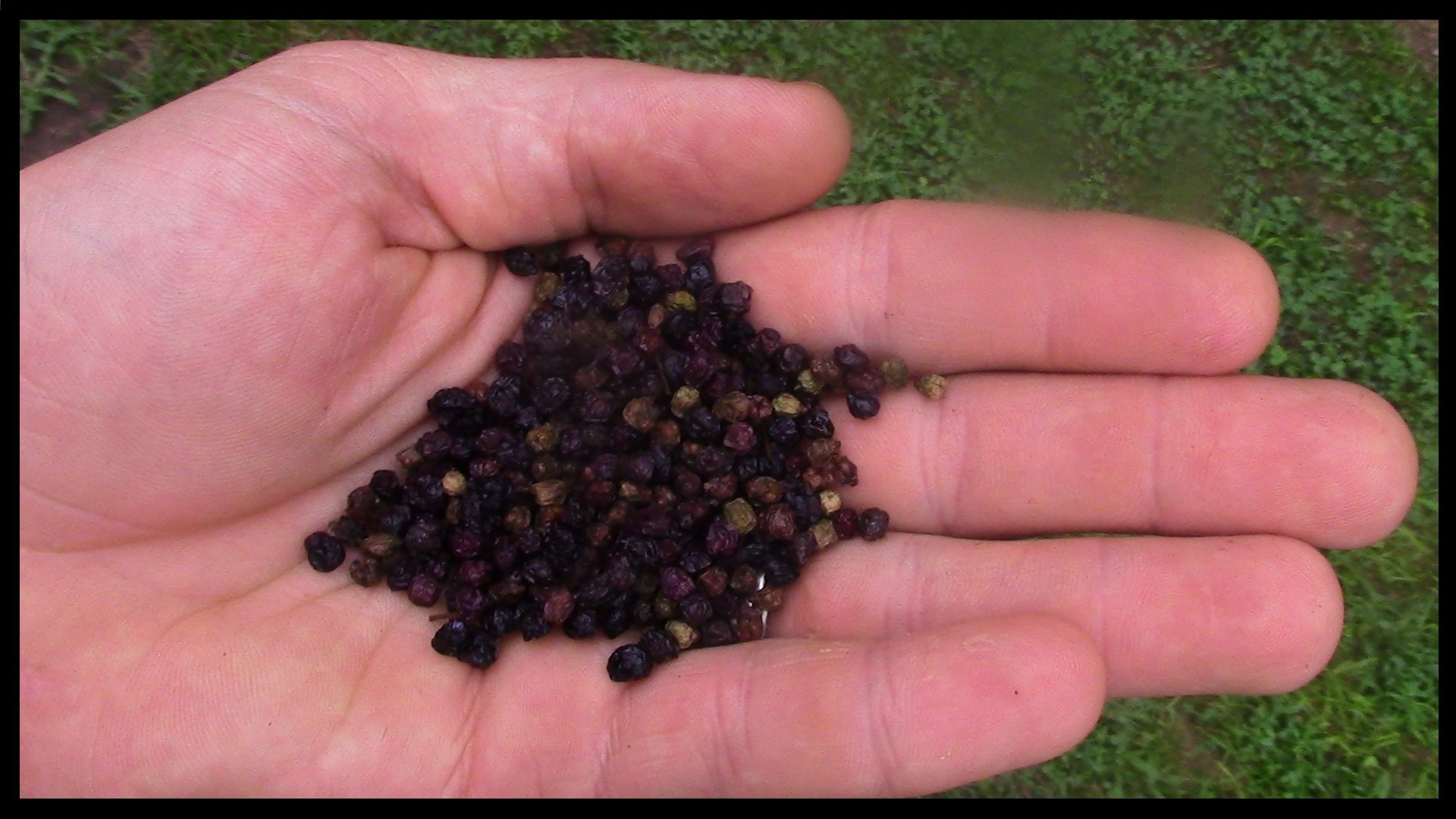
The berries can be enjoyed fresh or dried. They are tasty little morsels and dry similar to raisins. We added some to our pancake batter when making the Pumpkin Blossom Fritters. Besides adding them to batters, they are good sprinkled on salads or mixed in with other fruits. Another common use is enjoying it in pies or as a jam.
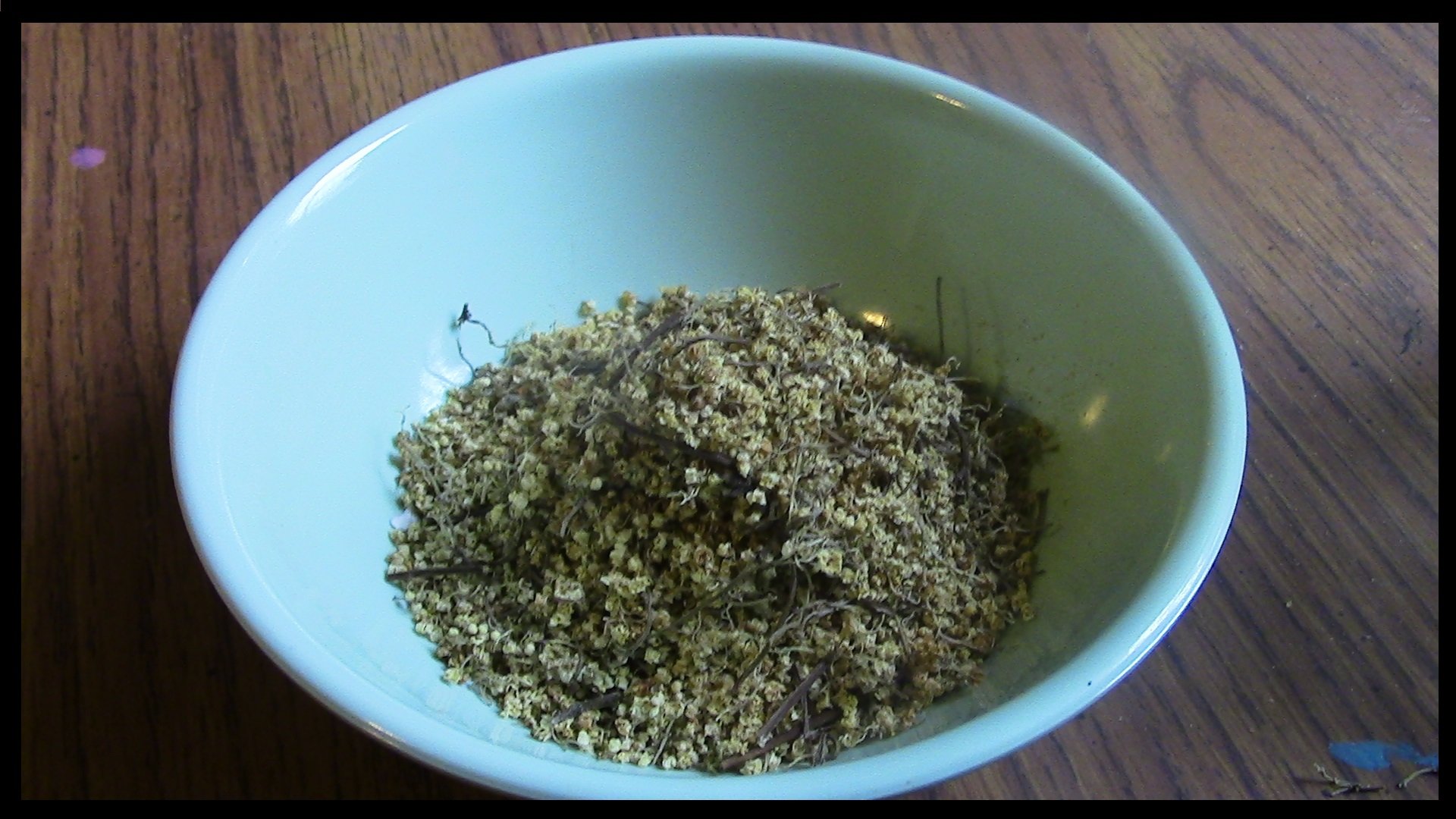
The edible flowers, called elderblow, can be sprinkled on top of foods as a delightful garnish. They can also be used for fritters. Just dip the whole cluster into your batter and fry. Since I enjoy tea, I was pleased to learn that you can also make a tea from elderblow. Using Elderberries as a food can be as simple as eating them fresh, or they can be used in a wide variety of recipes.
Elderberry is also a common medicinal plant, and can do wonders for boosting the immune system. As always, there may be potential side effects and I am not giving professional medical or nutritional advice; I'm just sharing about a plant that I love to eat.
NUTRITION
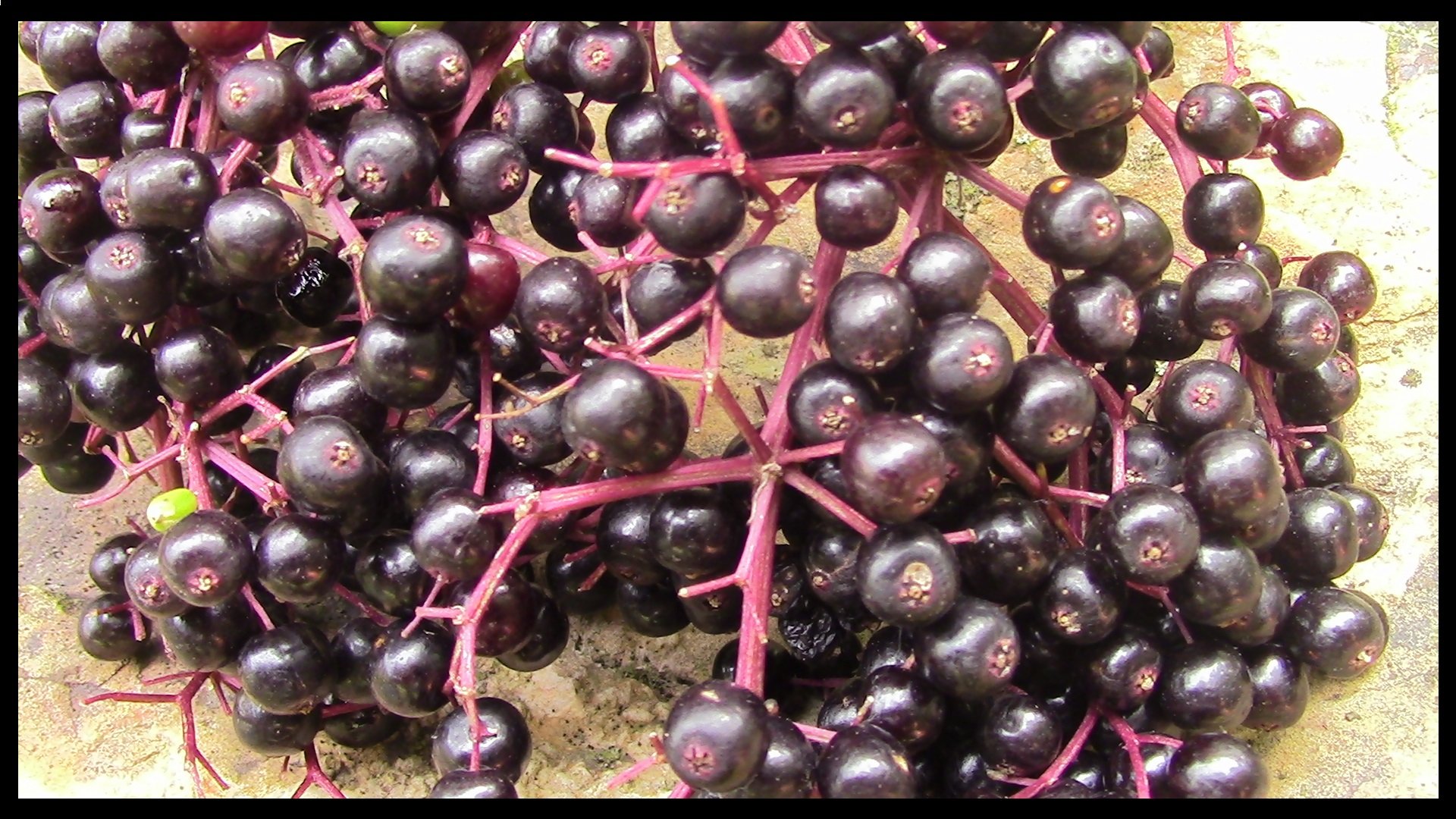
As far as nutrition goes, it's high in Vitamin C and a good source of Vitamins A & B6. Iron and Potassium are two of the minerals that it provides in abundance, and it also brings some Calcium, Phosphorus, and Copper to the table.
PROPAGATION
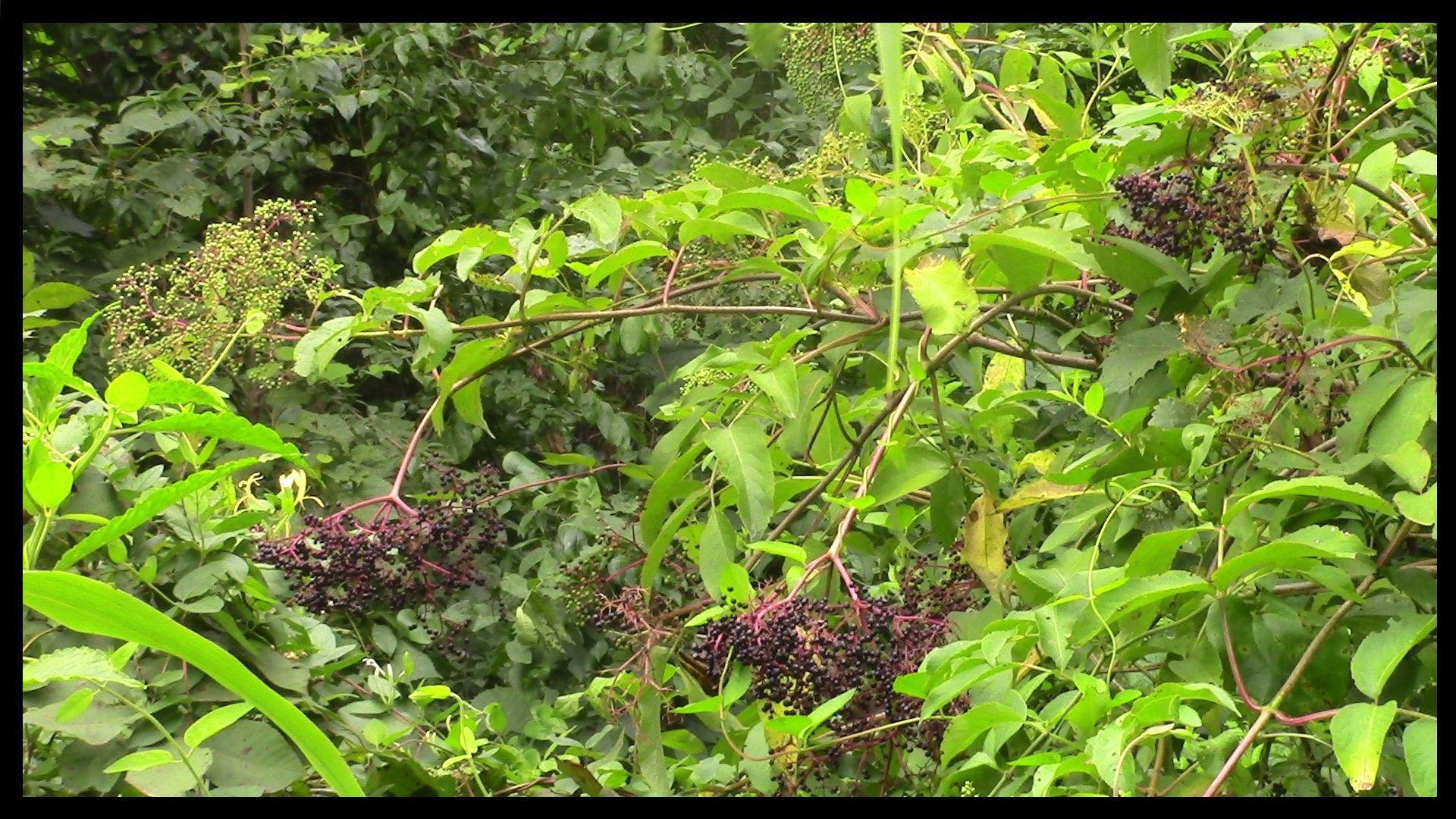
Since Elderberry grows into such a thick plant and can fill in the under-story near the edge of the woods, it can be difficult to access and pick. Around here, it's mixed in with Poison Ivy and Blackberry bushes, creating a potentially dangerous harvesting experience.
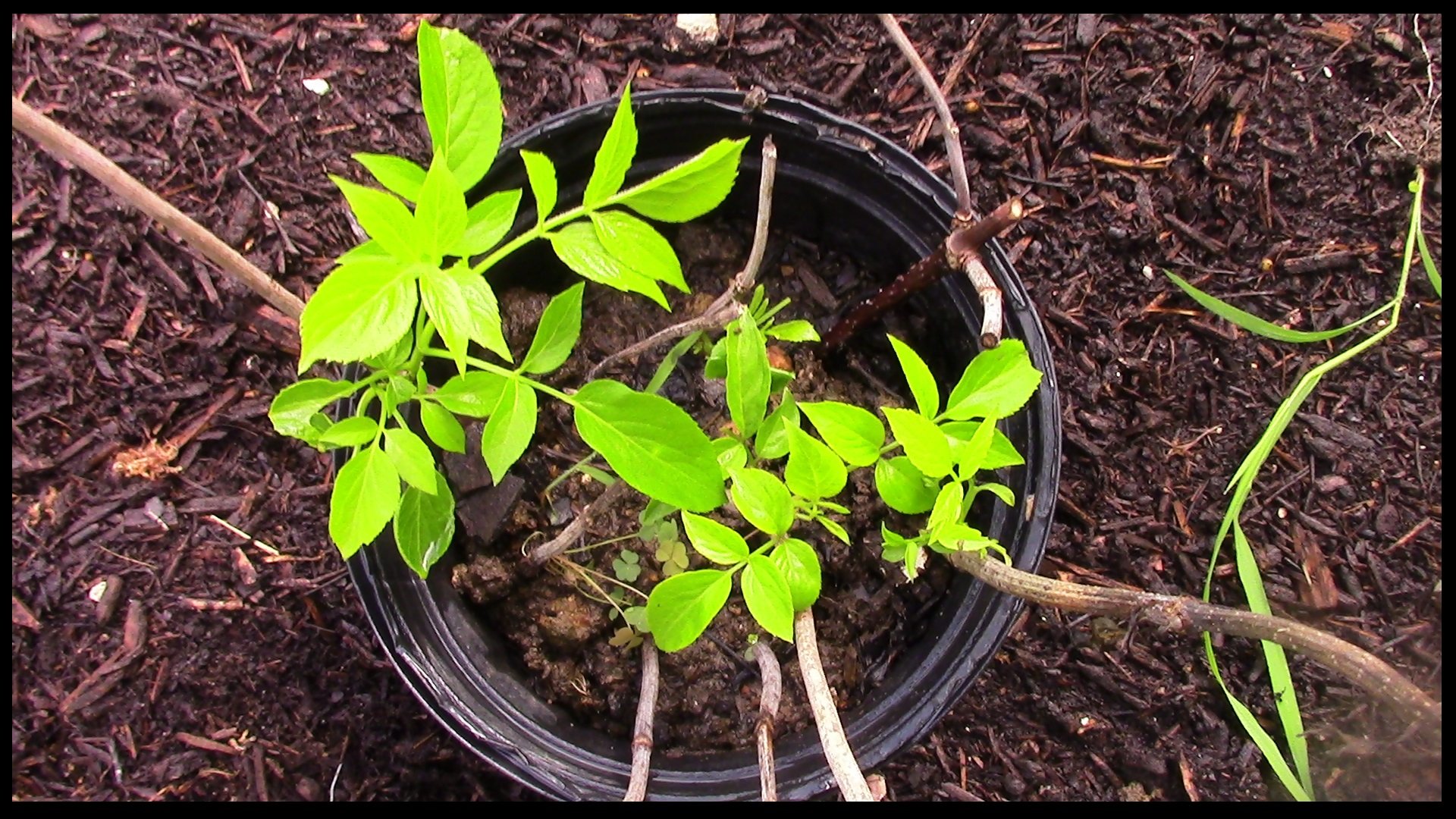
Thankfully, it propagates easily. I've already covered one means of Elderberry propagation here in a recent papa-peppers guide to plant propagation post. The ease of propagation means that if you find some growing wild, or have a friend that has a plant, you should easily be able to get your own Elderberry bush growing in a spot of your choice. An easy to access and harvest location close to your own house will allow you to be able to enjoy all the benefits of the Elderberry without too much effort. Harvests will be increased if you are able to mix varieties, but they should produce something on their own.
CONCLUSION
The Elderberry is a delicious and prolific plant with several uses and benefits. It'll become a staple in our diet, and one day I expect to have a whole row of them growing in our homestead, due to the ease of propagation. If you haven't met this plant yet, you may want to check it out. Down is Arkansas, the harvest is just barely beginning.
Here's previous THE EDIBLE OUTDOORS posts:
- 1-Common Yellow Wood Sorrel
- 2-Lamb’s Quarters
- 3-American Gooseberry
- 4-Stinging Nettle
- 5-Sassafras
- 6-Creeping Charlie
- 7-Dandelion
- 8-Plantain
- 9-Mint
- 10-Garlic
- 11-Purslane

